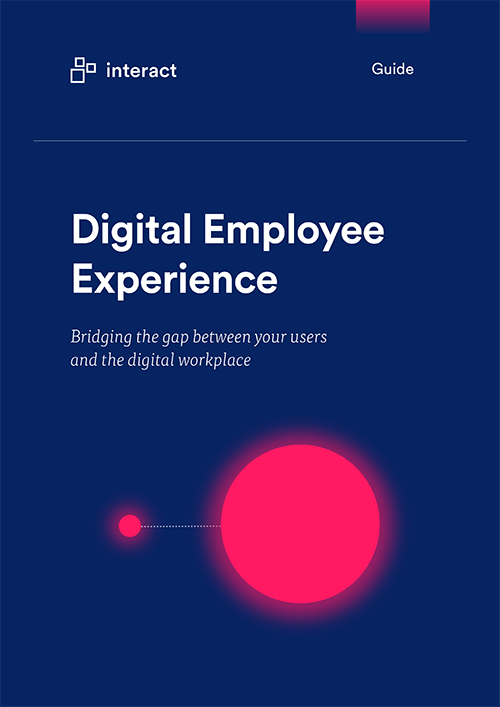Does design matter? 10 reasons you need to think about UX for staff
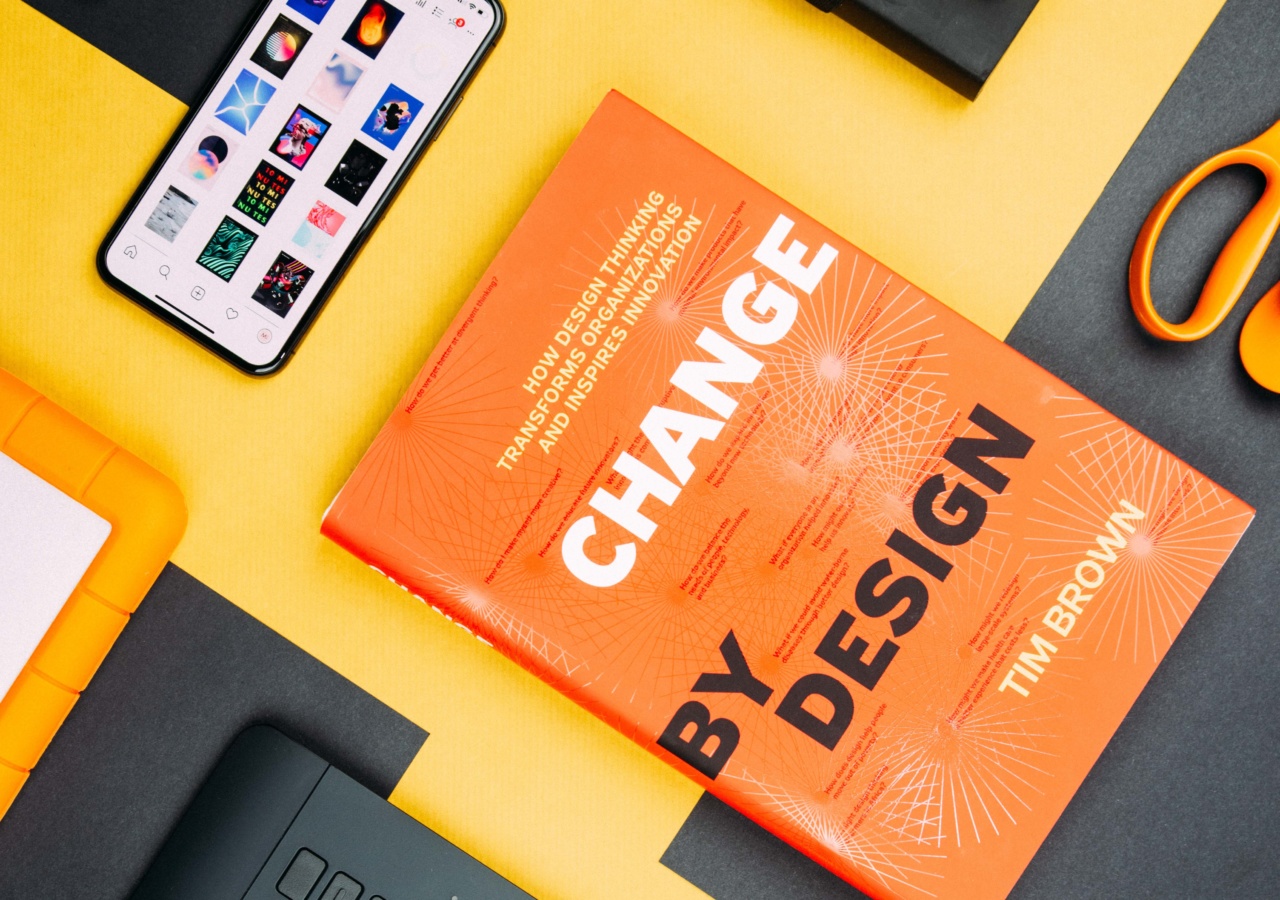
Focusing on the user experience is top of the priority list for every organization today. It’s no longer about what we offer our consumers, but how: every touchpoint, every interaction that feeds into that experience. But what about our internal consumers?
Could design be the missing link in our pursuit of a great employee experience?
I visited the local branch of my bank recently and watched as the clerk arranged a transfer of funds on her computer.
It’s the age of digital, online banking; of mobile apps and instant transactions, of contactless and smart interactive banking bots. As a consumer, I’m highly impressed with the many(!) ways technologies support my banking experience.
I was dumbfounded, therefore, to watch as the clerk was forced to use 4 different pieces of software to complete the (seemingly simple) task, all operating independently of one another.
She copied and pasted the same information across all the different platforms. One had the last name field first, another the first name; it tripped her up and flashed an error. The format for adding the date was different for each one. A colleague had to physically walk into the room to co-sign because collaboration across different devices wasn’t possible. And the user interface (UI) looked like it belonged back in the early 1990s.
It was painful even to watch.
I commented to that effect – and her tirade of frustration that came in response was all the evidence I needed. For all the investment her organization makes into designing seamless digital user experiences for consumers, they’ve forgotten about their most important customers of all: their staff.
Download our guide to the Digital Employee Experience (DEX) today
Experiences: they’re all interlinked
We’ve written a great deal about the value of the employee experience of work; all those different touchpoints that happen at each stage of the employee lifecycle. These experiences impact on everything from engagement and productivity to turnover, employer brand, profitability, and more.

In our digital age, many of those experiences are influenced by technology, creating the digital employee experience (DEX) of work. And as my own experience in the bank shows, the experiences staff have in work – and with the tools they use – can directly impact on the experience they offer the customer (CX).
Simply put, all those different experiences – EX, DEX, UX, CX – are linked and dependent on each other.
User experience refers to the singular and accumulated experiences that occur for users as a consequence of them interacting with an object in a given context.
(Source: UX Collective)
Despite the evidence – and the interest and investment going into creating great experiences for our customers – enterprise software development has lagged behind.
The business case for customer UX is clear: when a single button can generate an additional $300 million in new revenue for the business, it’s hard to argue. But when there’s no clear revenue stream – as is the case with our employees – many businesses believe they don’t need to ‘do UX’.
The fact is that there are three key areas of design:
- Functional: how it works
- Aesthetic: how it looks
- Experience: how it feels
A great product needs all three to succeed. Too often as employees, we’re presented with tools that focus on the how – the functional element – but lack the most basic empathy when it comes to the look and feel. And when UX fails, the impact is far-reaching.
Here’s why businesses must put intranet UX on their priority list: whether it’s when designing, selecting or evaluating existing digital tools for the workplace.
#1: If it’s not useable, it won’t get used
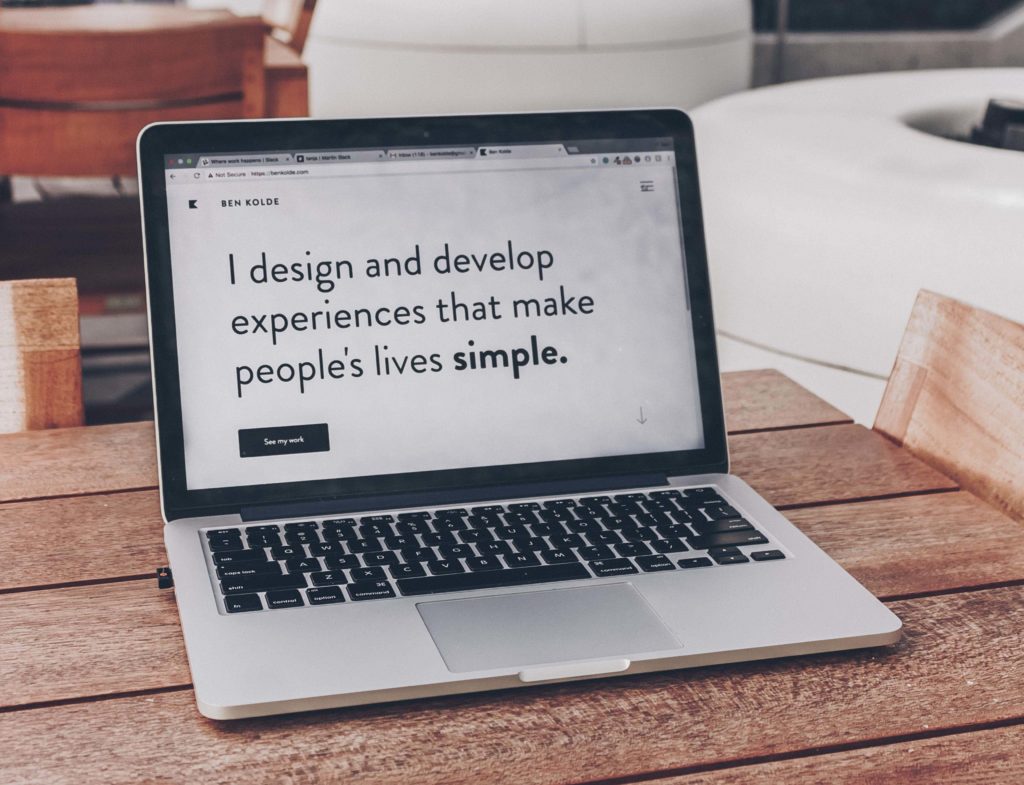
It sounds simple, because it is.
Adoption of any piece of software is one of the most fundamental indications of return on investment for a business. If you’ve paid out money, time and resource to get a digital tool up and running in your organization, it goes without saying that you’ll want staff to log on and use it.
But if it’s difficult to use, requires a college degree in astrophysics to understand or simply isn’t intuitive enough to ‘pick up and play’, you’ll lose your users in an instant – and, in turn, the value of your investment.
Getting users engaging with your platform is paramount to its success. Enterprises need to understand the user’s goals, context, and behaviors whilst using the platform.
Having a good understanding of what your users want to achieve and how they achieve it is key. Following a solid UX process will help drive user engagement, decrease churn and increase the cost-effectiveness of your solution.
John McDermott, Product Designer UI/UX, Interact
#2: Effective UX saves you money
The small things can make a huge accumulative difference. Maximizing efficiency and productivity are key objectives for any organization; UX design has a powerful role to play in supporting those goals. Well-designed, user-focused tools will:
- Streamline workflows and tasks, reflecting user priorities and what they’re trying to accomplish. This includes removing unnecessary steps, digital ‘noise’ or distractions, repetitive or administrative tasks (the copying and pasting aspect in the bank, for example) and generally approaching every task with the mindset of, ‘what can I do to make this quicker and easier?’. This makes staff more efficient and productive, saving you $$.
- Remove usability roadblocks: every time your users need to stop and think about how to complete a task – or worse still, raise an IT support ticket, ask a colleague, or even abandon the task altogether – it costs your business. User-focused design learns from and removes those roadblocks.
- Empower staff to work the way they want and need to: for example, by designing processes to deliver a seamless experience regardless of their device or location; a vital requirement as the number of remote or mobile staff continues to rise. Or it may be that your employees need quick and easy access to colleagues or information to complete a task, a challenge effective UX design can resolve. How much time (and money) could that bank save if a colleague could remotely and digitally co-sign, rather than having to walk into the room each time?
Effective UX design empowers every individual in your workplace to get work done efficiently.
Even addressing one single barrier to productivity – saving just a few seconds – can soon add up when employees complete that task several times a day, across a workforce of hundreds or even thousands. Effective UX design empowers every individual in your workplace to get work done efficiently.
Download our guide to the Digital Employee Experience (DEX) today
#3: UX helps your company make money
OK, so there’s a reason we’ve made the first three reasons financially focused: it’s important to understand the business value of factoring UX into your digital strategy if you’re ever going to get C-suite support.
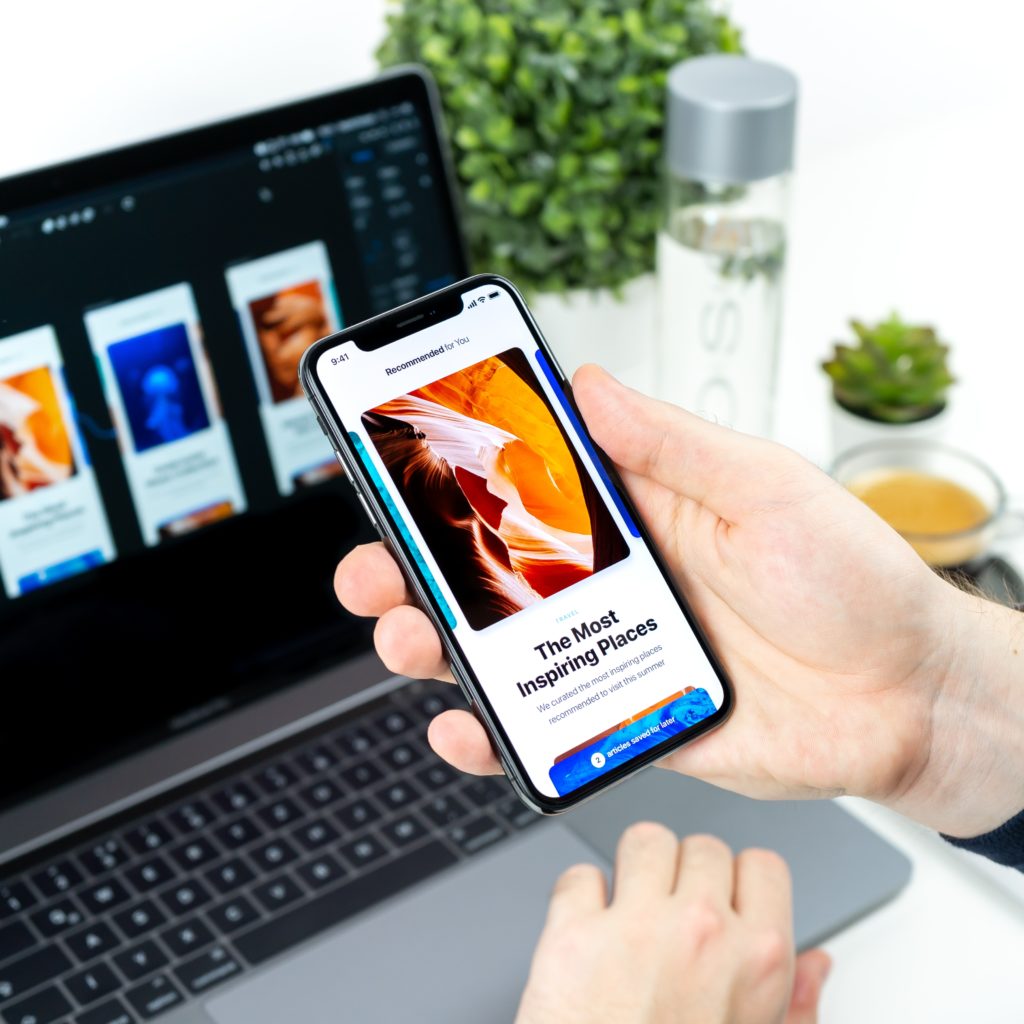
While we’re concentrating on the user experience of your internal tools, it’s important to remember each of these platforms supports them to do their jobs; and, in turn, to support your customers and consumers.
Giving your staff quick, seamless access to the correct information, help, or services they need to better serve customers is critical for your revenue and profitability.
Being able to resolve support tickets more quickly means answering more tickets and a better reputation for customer service, for example; having the latest offers, prices, product line information to hand can ensure up-sell and cross-sell opportunities, and more.
Going back to the bank, what if that clerk had an intuitive system that recommended an account with the best rates to meet my needs? Prompted her to ask about my mortgage and suggest a review, without having to manually navigate through all my account details?
#4: One negative experience can outweigh many(!) positives
Like a good reputation, a piece of software can be ruined in an instant by a single negative experience.
Remember that your user is central to your success – and that one negative experience can outweigh many positive ones!
John McDermott, Product Designer UI/UX, Interact
Effective UX design is, essentially, invisible. When something works ‘well’, or as we expect it should, it’s intuitive and easy; we don’t stop to think about it, we don’t even notice it.
When something doesn’t work well, though, the experience jars and sticks out. We notice. It will outweigh and displace all the positives to become the most significant attribute or factor we remember about that tool.
Just as 95% of customers who have a negative experience tell someone about it, our internal customers will pass along that negativity to their colleagues, peers, or professional network. In an age of social advocacy and reviews, this can also translate to our employer brand on the likes of Glassdoor or Indeed.
Download our guide to the Digital Employee Experience (DEX) today
#5: Poor UX costs us more than just time
What did my experience with the bank clerk show me? Not just that her multitude of tools – and the bad UX of those – were drawing out what should have been a fairly quick and easy process, but just how much that was frustrating her.

Today’s employees – and particularly the Millennial and Gen Y employees – now enter the workplace with consumer-level expectations of the digital tools they’ll be using. When faced with poor user experiences, they’ll respond as any customer would: with frustration, confusion, agitation. They’ll often give up, find their own workaround… or walk.
90% of C-suite executives believe their company pays attention to people’s needs when introducing new technology, but only about half (53%) of staff say the same.
(pwc: Tech at Work)
Equipping our staff with substandard tools will result in disengagement, low morale, negative feedback, potentially high-risk or unauthorized ‘BYOA’ (bring your own app) solutions, and even staff turnover.
#6: Designing for our internal users impacts our culture
When we give our users digital tools with no consider of the user experience they offer, we’re saying to our staff that they don’t matter: that we don’t care enough about them to fix the poorly designed systems they’re struggling with.

By contrast, user-informed design shows our employees we’re listening. We’ve understood their needs, challenges, and frustrations; we value their contributions and their time. Effective tools remove frustration, stress and disgruntlement – and generally speaking, happier employees make for a more positive overall environment and culture.
More than that, well-designed software – and particularly internal communication platforms, such as intranets – connect staff to more than just their role-specific information; they improve communication, collaboration, give visibility of the organizational mission and values, successes, goals, and more. Those staff are more likely to feel a sense of connection and pride in their organization.
#7… and our employer brand
A positive internal culture is now an established differentiator in the recruitment market: people want to work for companies that other staff advocate for and enjoy working in.
However, there’s an added layer to this. Digital natives entering the workforce now place great software, tools, and digital experiences on their job wishlist. Meeting their needs is a core part of your employee value proposition and ensures you’re attracting – and retaining – the best talent.
92% of C-suite execs say they’re satisfied with the technology experience their company provides for making progress on their most important work, but only 68% of staff agree.
(pwc: Tech at Work)
More generally, we point back to the concept of experience: the user experience of your digital workplace is a big part of the bigger picture of the overall employee experience of work. When your employees are positive about their journey with your organization, your brand soars.
Download our guide to the Digital Employee Experience (DEX) today
#8: Our digital workplaces are expanding
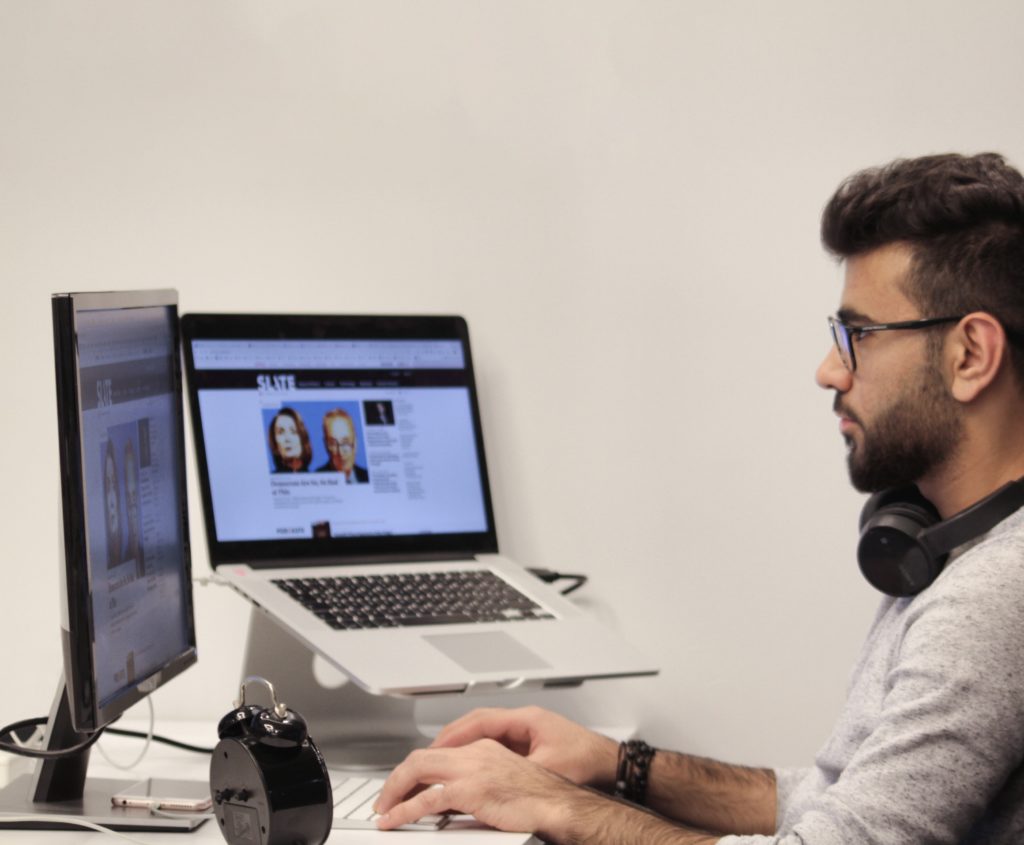
While we can’t predict the future (at least, not accurately) it’s safe to say that technology will continue to play a central role in how we work and play.
The average enterprise already has over 500 applications in use as part of its technology stack.
The cycle of innovation and development is continuing to speed up, talk of AI in the workplace is increasing and analysts are forecasting a future that is increasingly connected, hyper-contextualized, and powered by technology.
For our employees, that means more tools; more digital touchpoints. If we don’t place the user and their experience at the front-and-center of that process, we risk complete failure.
Careful and strategic management of what tools we deploy, how they work together, and the overall experience that creates, is fundamental to long-term success. UX designers are responsible for facilitating and managing that continuing and growing relationship between people and technology.
Download our guide to the Digital Employee Experience (DEX) today
#9: Data and information are exploding
We are, now more than ever, knowledge-based organizations: trading in, innovating by, operating on the basis of information and data.
Just as the digital workplace is going to continue to expand, so is the sheer volume of data and information we accumulate. This can be a source of competitive advantage…or, a potential threat.
While intelligence will be responsible for analyzing, evaluating, and interpreting that data, we – as human beings – are still the ones that need to understand and respond to it. User interface design that can translate our growing volumes of data and information into an accessible, digestible and contextualized format we understand is paramount.

The majority of our staff will not be data analysts: they need more than the raw information. Understanding the user experience will help us shape and visualize data in new, intuitive ways; pushing content to the right people, in the right format, on the right platform, at the right time.
Fundamentally, this is the most important objective of UX design: making people’s lives easier.
#10: A great, intuitive UX of the digital workplace leaves room for the things that really matter
With more time, more engaged and well-informed employees, reduced barriers to working effectively, connected and intuitive systems, what do you have?
Space. You have the mental and digital capacity to do the things that matter most in your organization – and outside of it.
This means more innovation, ideation, and collaborative working. Staff can focus on skill-specific tasks rather than repetitive or admin-intensive ones; they’ll also have more time and capacity to deliver exceptional experiences for your customers. It means greater work-life balance, more opportunities to go above and beyond.
Design thinking isn’t just about technology. It’s something we should apply to every aspect of the employee experience: from the office environment to the onboarding process and more.
When we approach each touchpoint from the user experience and ask the question, ‘how can we make this simpler, easier, better for the employee?’, we can transform the world of work. Design is all around us.
Shabir Hussain, Design Director, Interact
I had just twenty minutes to spare when I walked into my bank branch. It took at least fifteen of those for the clerk to navigate these different platforms to complete one task.
It was confusing for her; she needed to give the process her entire focus. It was frustrating for her; I uncomfortably observed her agitated clicking, huffs, exasperated exclamations. It was time-consuming, resource-intensive, and even though the task was completed, no-one left that room happy.
UX design is a process focused first and foremost on the end-user: from concept to design, implementation, evolution. If someone had taken just twenty minutes to speak to her – the user – and find out what would make her life easier, imagine the difference that would make. To everyone’s experience.
